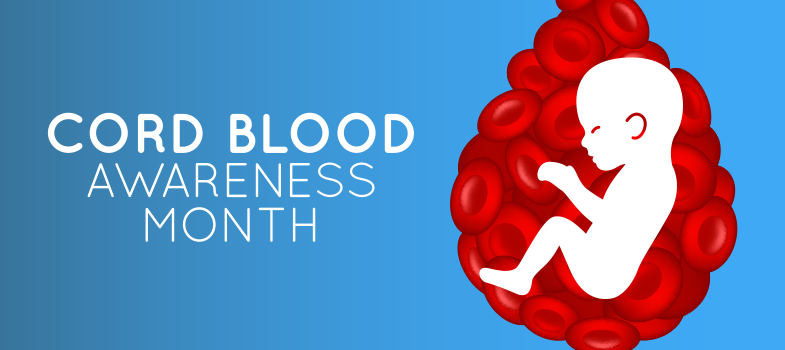Cord blood banking has become a valuable medical option for expecting parents, offering the opportunity to preserve stem cells that could be used to treat various health conditions in the future. This blood, collected from the umbilical cord and placenta after birth, contains hematopoietic stem cells known for their unique ability to regenerate and form new blood and immune cells.
These stem cells have shown great promise in the treatment of illnesses such as certain cancers, blood disorders, and immune deficiencies. As medical science progresses, the use of cord blood in therapies continues to expand, making it a potentially life-saving resource.
What Is Cord Blood Banking?
Cord blood banking refers to the process of collecting and storing the blood left in the umbilical cord after a baby is born. This blood is rich in special stem cells that can develop into different types of blood cells. These stem cells are especially effective in treating diseases like leukemia, thalassemia, and certain genetic disorders.
After the collection, the blood is processed in a laboratory and stored at very low temperatures so it can be used if needed in the future. This method ensures the stem cells are preserved and available for treatment when required.
Why Cord Blood Matters
There is a rising need for stem cell transplants around the world due to the increase in serious illnesses such as childhood cancer and blood-related disorders. One of the major challenges in traditional stem cell transplantation is finding a donor who is a good match. Cord blood helps overcome this hurdle because:
- It can be used even if the match is not perfect.
- It carries a lower risk of transplant-related complications like graft-versus-host disease.
- It is collected without any risk to the baby or mother.
Key Benefits of Cord Blood Banking
- Easy and Safe Collection: Cord blood is collected right after delivery without causing any harm to the baby or mother.
- Flexible Matching: Unlike bone marrow transplants, cord blood does not require a perfect match, increasing its usability.
- Lower Risk of Rejection: There is a smaller chance of the body rejecting the transplant, which makes recovery easier.
- Ready Availability: Stored cord blood is available immediately when needed, without delays or dependency on finding a donor.
- Future Treatment Potential: Cord blood may one day be used in regenerative therapies still being researched.
Types of Cord Blood Banking
There are three main types of cord blood banking:
- Private Banking: Families pay to store their baby’s cord blood for their own future use. However, the chance of using one’s own stem cells for treatment is currently very low.
- Public Banking: Donated cord blood is stored for public use. However, the original donors give up all rights to access it later.
- Community Banking: A shared model where multiple families store cord blood together. This offers both personal and shared benefits at a lower cost than private banking.
Conclusion
Cord blood banking offers families an option to preserve a valuable medical resource that could be useful in the future. Whether through private, public, or community models, it provides a safer alternative for certain treatments and contributes to ongoing advancements in medicine.
Always consult with your doctor or a healthcare professional before making important health-related decisions. They can provide personalized guidance based on your medical history and current health status.
Note – If you have any health-related concerns, please call us at +91-9058577992 to receive free consultation from our experienced doctors. Thank you.

